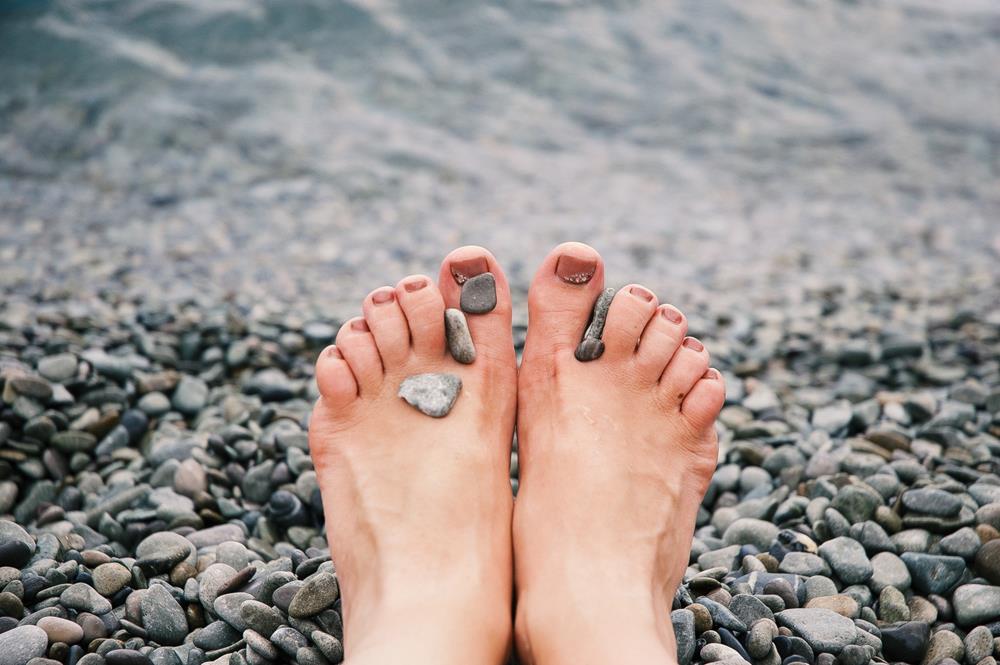
- Achilles Tendonitis
- Ankle Instability
- Ankle Pain
- Ankle Sprains
- Athlete’s Foot
- Bunions
- Corns
- Calluses
- Diabetic Foot Care
- Fat Pad Atrophy / Plantar Foot Pain
- Flat Feet
- Foot Fractures
- Geriatric Foot Care
- Gout
- Hammertoes
- Heel Spurs/Plantar Fasciitis
- Ingrown Toenails
- Neuromas
- Pediatric Foot Conditions
- Peripheral Neuropathy
- Toenail Fungus
- Warts

Achilles Tendonitis
Achilles tendinitis is caused by overuse of the band of tissues that connects the lower region of your calf muscle to your heel bone, also known as your Achilles tendon. Those at a higher risk for Achilles tendinitis are runners engaging in intense training or middle-aged people who participate in sports on occasion.

Ankle Instability
Chronic ankle instability is usually caused by repeated ankle sprains and is described as the gradual giving way of the outside of the ankle. Some symptoms of ankle instability include constant inflammation or swelling, tenderness, and instability in the ankle. After a sprained ankle, the ligaments become stretched and torn. Proper rehabilitation is required to strengthen the muscles around the ankle and rehabilitate the tissues within the ankle that affect your balance. In addition, physical therapy, medications, and bracing can help treat chronic ankle instability. Failure to do so may result in repeated ankle sprains, or possibly surgery.

Ankle Pain
The foot and ankle are highly specialized structures that absorb the weight of the body and enable us to move. Experts estimate that the force and pressure on your feet when walking can be up to two times your body weight. This pressure can increase with more vigorous movements such as running and jumping. With so much pressure on your feet and ankles, they undergo a lot of wear and tear throughout your life and are highly susceptible to injury and trauma.
The foot and ankle are a complex system of bones, ligaments, muscles, and joints that provide the structure and stability we need to move freely. If any of these components become compromised or weakened due to injury, overuse, degenerative conditions, or sprains, it can significantly impact your foot’s ability to move and function properly.
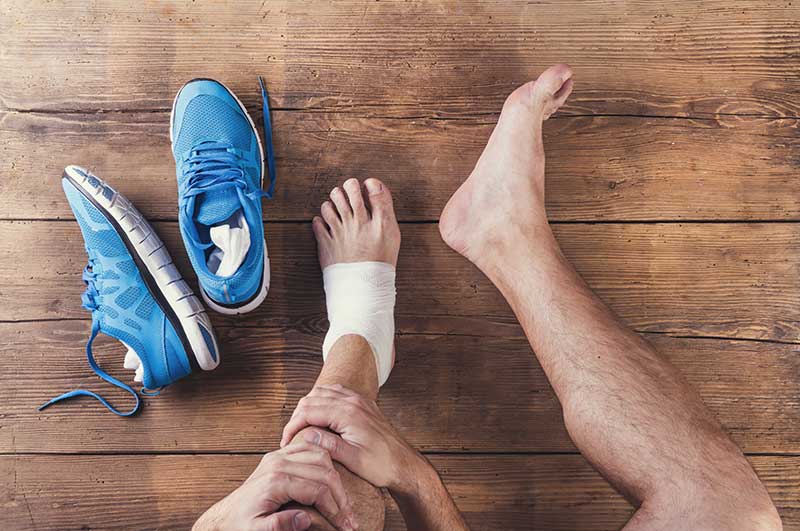
Ankle Sprains
For the many people experience ligament issues and sprains from sports injuries, falls or accidents. Many times these are minor and can be treated with routine home care such as cool compresses, heat and over the counter pain relief medicine. However, sometimes the injuries are more serious and require further diagnosis and treatment. If you suffer from a leg, ankle or foot sprain that doesn’t seem to be healing on it’s own, be sure to call our office and schedule an appointment. Proper diagnosis and treatment can help healing improve and get you back into a healthy, active lifestyle.

Athlete’s Foot
Athlete’s foot (tinea pedis) is a specific type of fungal infection that typically begins between the toes. A common cause of athlete’s foot is sweaty feet that are confined to tight shoes for a long period of time. Signs and symptoms of athlete’s foot include a scaly rash that usually causes itching, stinging and burning. Athlete’s foot is contagious and should be carefully monitored and treated. Athlete’s foot can easily be treated with antifungal medications, but the infection is likely to recur. Prescription medications also are available.
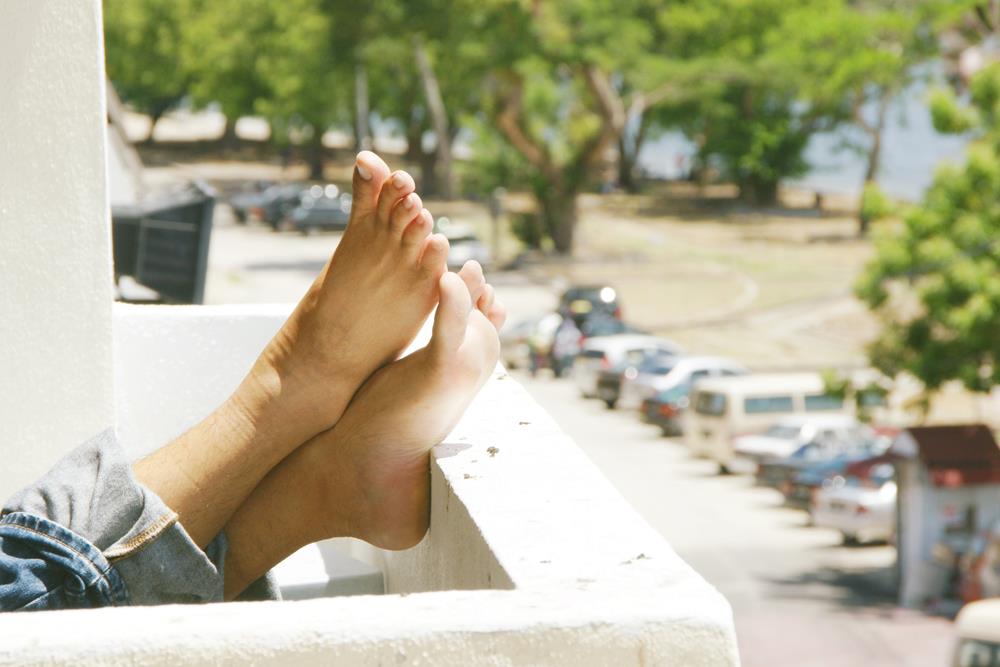
Bunions
A bunion is a bony bump that forms on the joint at the base of your big toe. They can develop from an inherited structural defect, excess stress on your foot, or can result from an existing medical condition.
For the most part, bunions require no medical treatment. However, if you are experiencing one or more of the following, a podiatrist can help alleviate your symptoms.
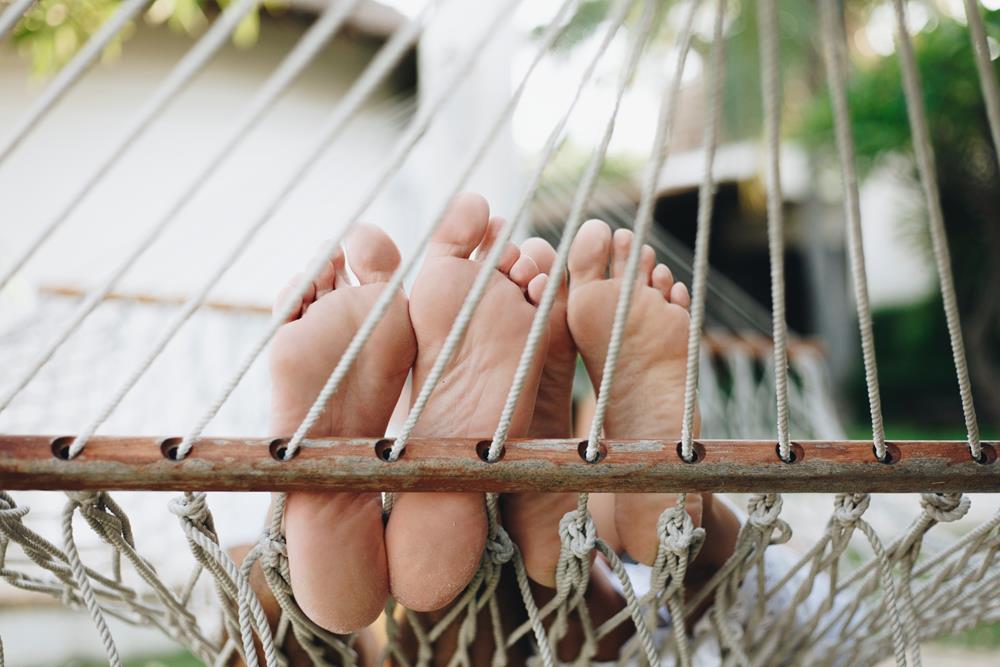
Corns
Corns tend to be smaller than calluses and are the hard center is surrounded by irritated skin. While corns can be found on the bottom of the foot where pressure is usually applied, it is more common that you find corns on the tops and sides of your toes and even between your toes. When pressure is applied, corns can cause significant pain and discomfort.

Calluses
Calluses, on the other hand, don’t usually cause pain. They usually develop on the soles of your feet, especially under the heels or balls, on your palms, or on your knees. Calluses vary in size and shape and are often larger than corns.
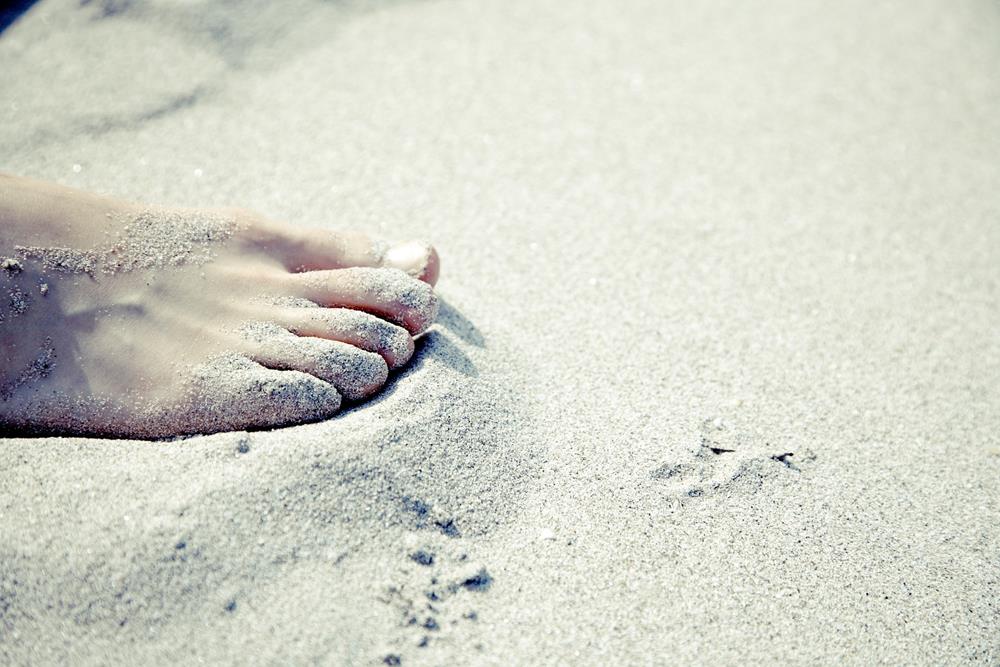
Diabetic Foot Care
Diabetes is a systemic condition that can also affect your feet. It may cause nerve damage, reduce blood flow to the feet and can cause injuries longer to heal. Often blisters or small sores can lead to an infection or a non-healing wound that could put you at risk for an amputation.
To avoid serious foot problems that could result in losing a toe, foot, or leg, follow these guidelines.
Inspect your feet daily. Check for cuts, blisters, redness, swelling, or nail problems. Use a magnifying hand mirror to look at the bottom of your feet.
Wash your feet in lukewarm (not hot!) water. Keep your feet clean by washing them daily.
Moisturize your feet – but not between your toes. Use a moisturizer daily to keep dry skin from itching or cracking. But DON’T moisturize between the toes – that could encourage a fungal infection.
Cut nails carefully. Cut them straight across and file the edges. Don’t cut nails too short, as this could lead to ingrown toe nails. I
Never treat corns or calluses yourself. Visit your doctor for appropriate treatment.
Wear clean, dry socks. Change them daily.
Avoid the wrong type of socks. Avoid tight elastic bands (they reduce circulation). Don’t wear thick or bulky socks (they can fit poorly and irritate the skin).
Wear socks to bed. If your feet get cold at night, wear socks. NEVER use a heating pad or hot water bottle.
Keep your feet warm and dry. Don’t let your feet get wet in snow or rain. Wear warm socks and shoes in winter.
Never walk barefoot. Not even at home! Always wear shoes or slippers. You could step on something and get a scratch or cut.
Take care of your diabetes. Keep your blood sugar levels under control.
Don’t smoke. Smoking restricts blood flow in your feet.
Get periodic foot exams. Seeing your foot and ankle surgeon on a regular basis can help prevent the foot complications of diabetes.
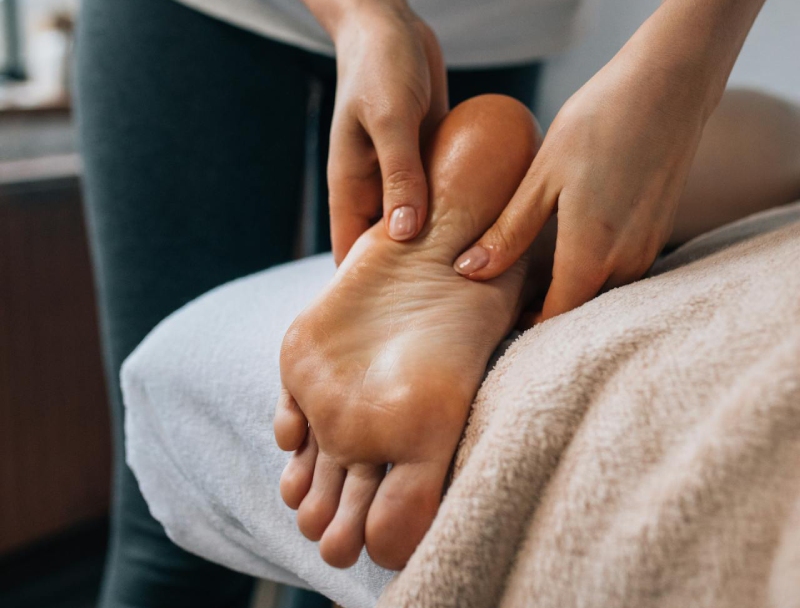
Fat Pad Atrophy / Plantar Foot Pain
Fat pad atrophy is a condition where the natural cushioning on the bottom of the foot—especially the heel and ball—thins out over time. This loss of padding can lead to plantar foot pain, making walking or standing uncomfortable due to increased pressure on bones and joints. Common in aging adults, runners, and those with high-impact lifestyles, this condition can significantly affect mobility and quality of life. Early treatment can help reduce pain and prevent further damage.
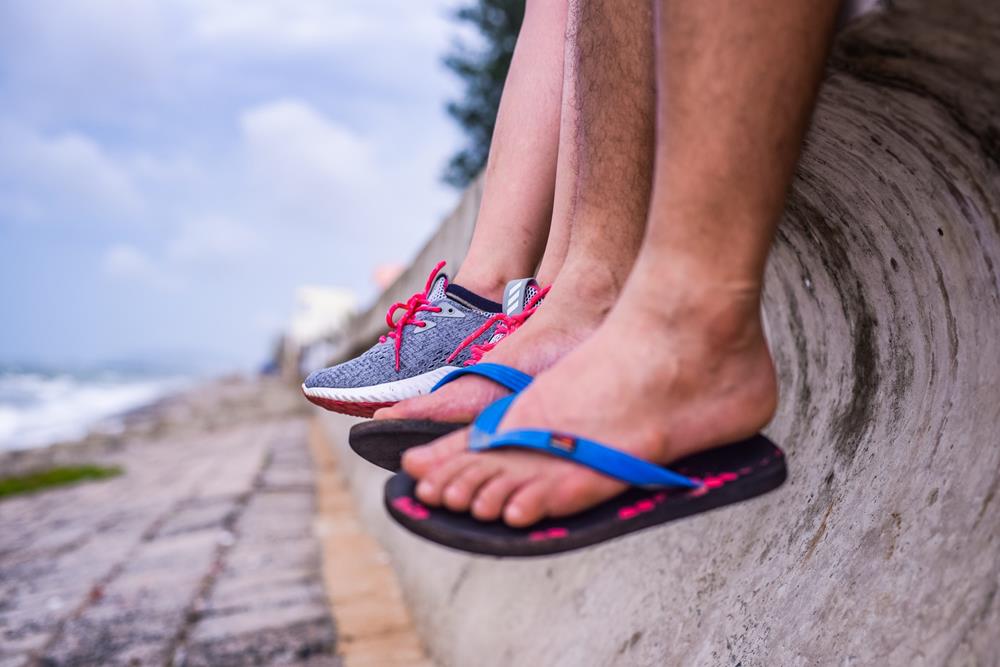
Flat Feet
Flat foot is a condition where the arches on the inside of your feet are flattened which causes the sole of the foot to touch the floor when standing upright. It is likely for flat feet to be caused by the arches not fully developing during childhood and is considered a very common and painless condition. On the other hand, flat feet can occur after an injury or from the normal aging process.
While it is common not to experience any pain or symptoms of flat feet, some people do tend to sense pain in the heel or arch area. Physical activity can irritate the area and inflame the foot along the inside of the ankle. This can be caused by the tendon that is supporting the arch being stretched as it is depreciating.
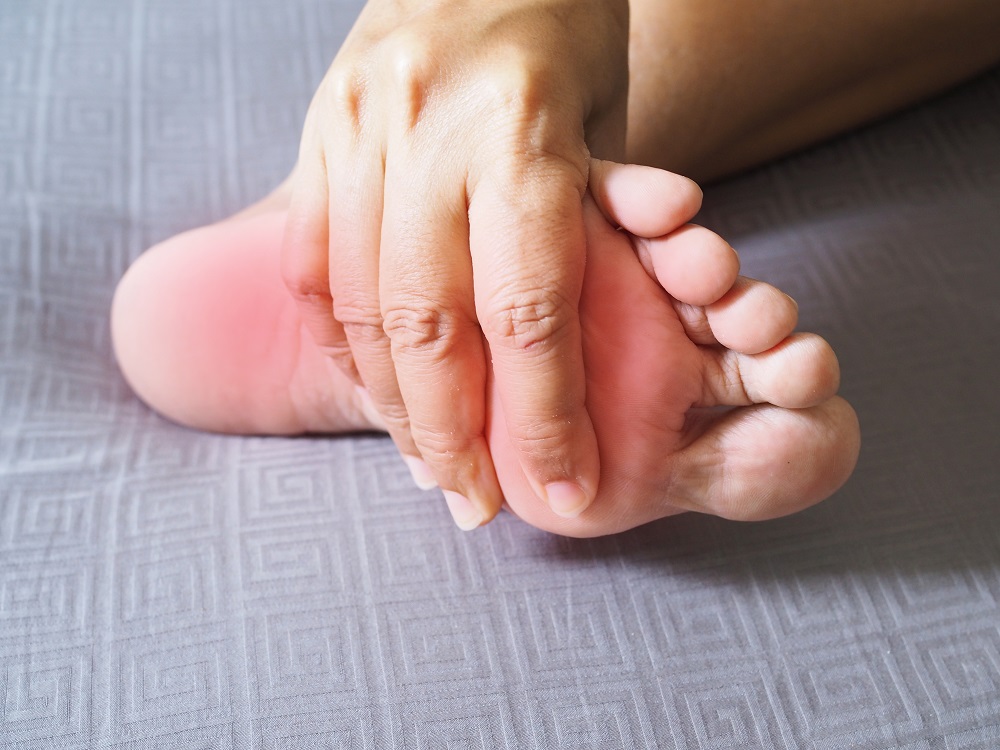
Foot Fractures
Since nearly one-fourth of the bones in our body are in our feet, fractures of the foot are common and rarely debilitating. There are two types of fractures. A stress fracture typically occurs in the space between the toes and middle of the foot, usually as a result of a physical activity gone awry. These fractures are only on the surface of the bone. General bone fractures extend through the bone. These injuries are usually caused by trauma to the foot.
Depending on the fracture and placement, different treatments will be discussed. Foot fractures typically heal on their own, although more serious cases may require surgery.
It is important to seek medical attention as soon as possible if you suspect your foot is fractured so treatment can begin right away.
Request an Appointment
Geriatric Foot Care
As we age, foot problems are almost inevitable and completely normal. However, there are important steps to take to make sure you stay on your feet.
Health problems such as diabetes, arthritis, and circulatory issues may cause problems that present themselves in the feet. It is very important to monitor your foot health and seek medical attention whenever you notice a problem. Below are some daily tips and tricks to keep your feet healthy.
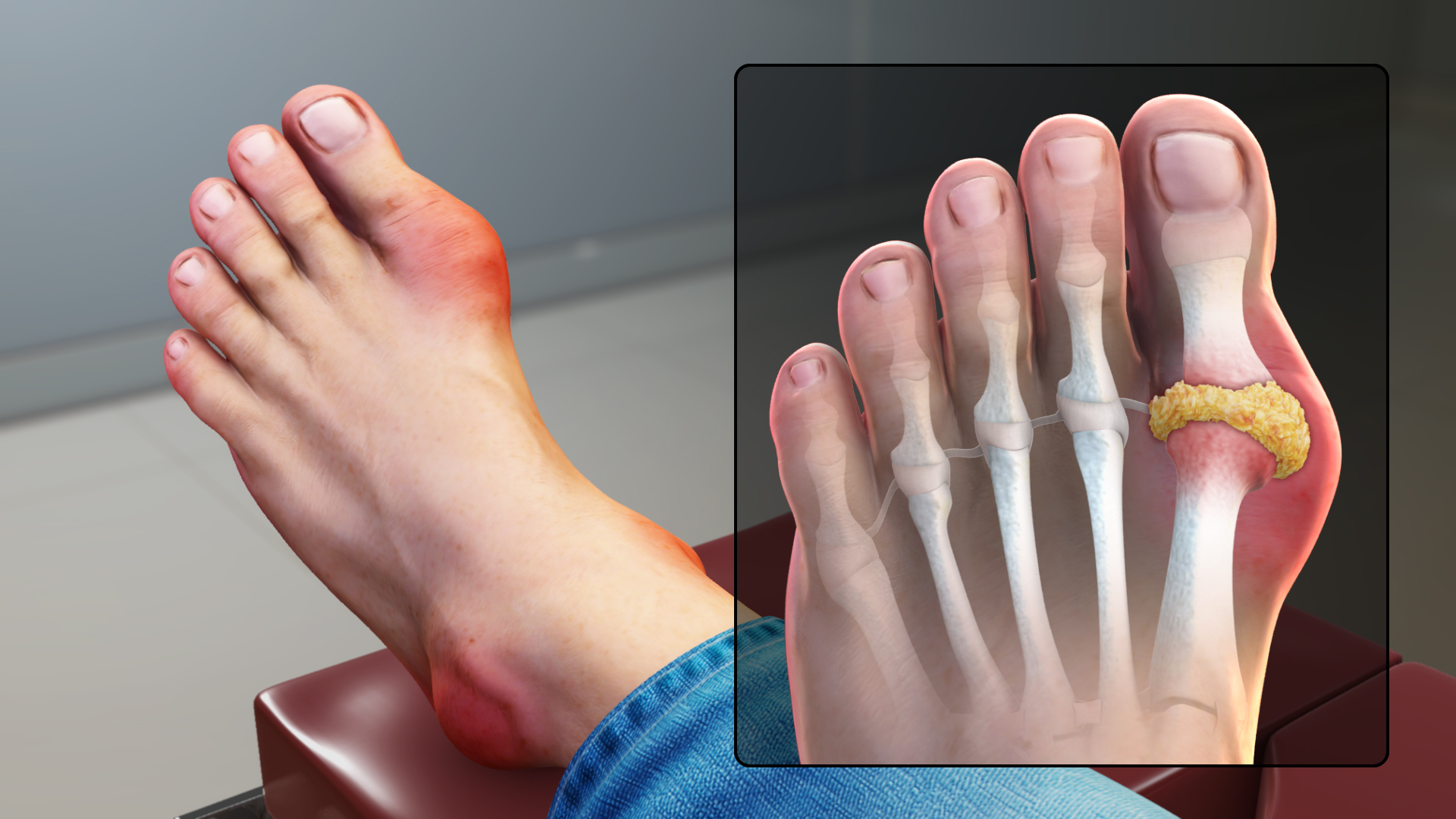
Gout
Often we associate arthritis with older patients who have lived an active lifestyle. Gout, on the other hand, can affect anyone. Gout is a common form of arthritis that is known for its sudden attacks of pain and joint tenderness. Joints that are affected by gout are often hot to the touch, swollen, and very tender. While symptoms are not chronic, it is essential to take preventative measures to manage gout as its side effects can be debilitating and intolerable.
- Stay hydrated. By drinking plenty of fluids and limiting sugary drinks, you can help prevent future gout attacks.
- Maintain a healthy weight as directed by your healthcare provider.
- Limit alcohol consumption. Some types of alcohol are more likely to increase the likelihood of a gout attack.
- Consider adding low-fat dairy products to your diet. These foods are proven to help protect against gout and are excellent sources of protein.

Hammertoes
Hammertoe is a deformity where one or both joints of the second, third, fourth or fifth toes begin to bend outside of their normal alignment. Pressure can begin to weigh heavy on the toes as you wear shoes which is where pain and other symptoms develop.
Hammertoes typically begin with small symptoms and deformities and continue to worsen with time. In its beginning stages, hammertoes are often impressionable which means they can be controlled using minimal treatment. It is important to know the signs of hammertoes to get them evaluated early. If left untreated, hammertoes can become more firm and difficult to manipulate, requiring surgery.
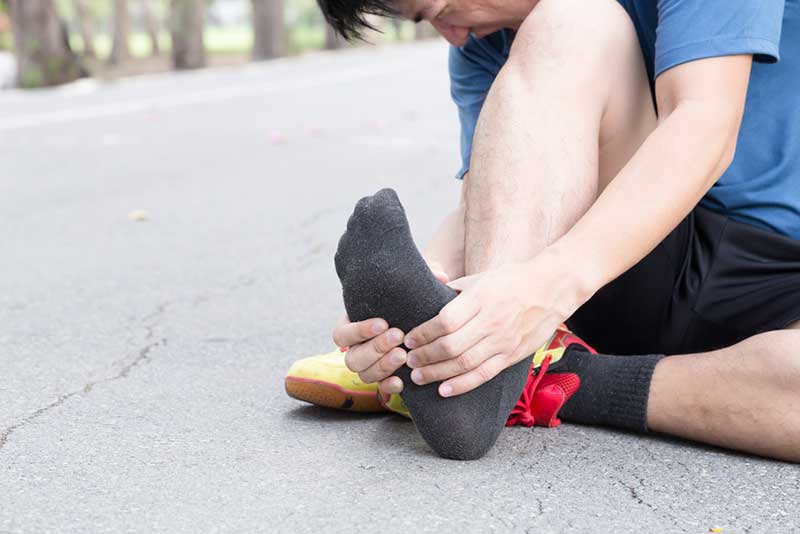
Heel Spurs/Plantar Fasciitis
Heel spurs occur in at least 50% of people who have plantar fasciitis. Past treatments for heel spurs, a bony growth that begins on the front of your heel bone and points toward the arch of your foot, included surgery to remove the growth. Nowadays, surgery is rarely a treatment option and more plans for physical therapy, ice, and pain medications are used to treat heel spurs.
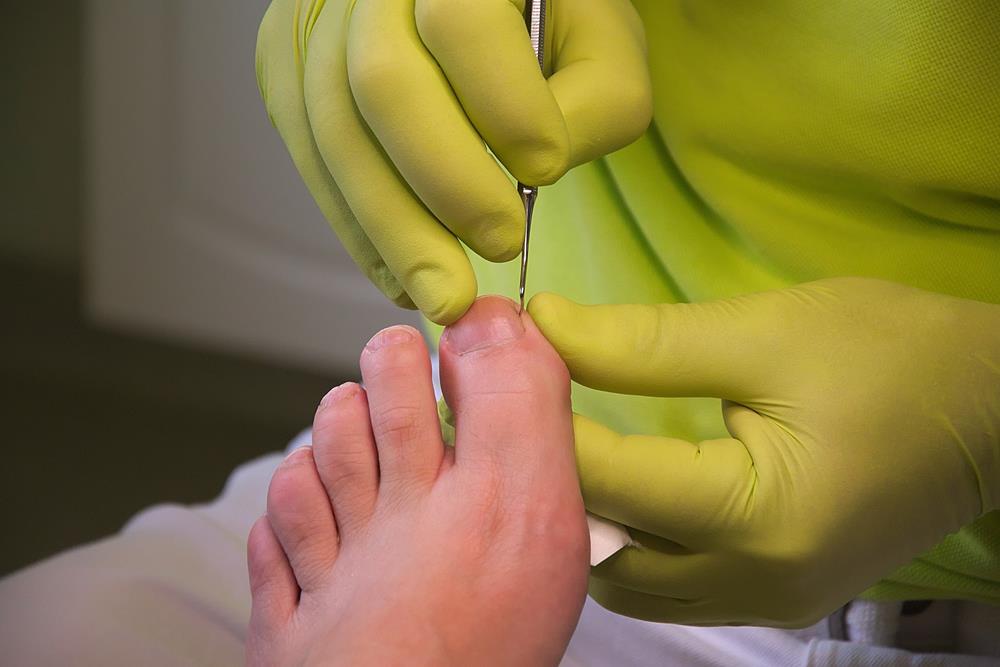
Ingrown Toenails
We have all made the painful mistake of trimming our nails too short at some point in our lives. Sometimes, this can really affect our foot health by causing ingrown toenails.
This happens when the nail grows downward into the skin instead of straight out, usually causing an infection. Ingrown toenails are most common on the sides of the big toe. It can also be caused by shoe pressure, injury, fungal infections, poor foot structure, etc.
Warm water soaks several times a day, properly fitted shoes and socks, and trimming nails in a straight line (rather than rounded) are ways to treat and prevent painful ingrown toenails. If there is an infection, antibiotics may be prescribed.
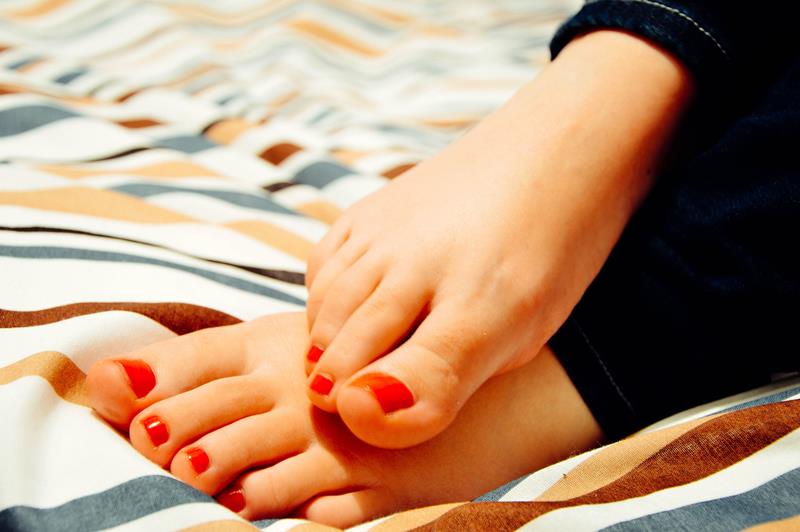
Neuromas
A neuroma can occur in many areas of the body when nerve tissue thickens. Morton’s neuroma is the most typical neuroma that occurs in the foot and it occurs between the third and fourth toes. Also known as an intermetatarsal neuroma, the name describes its location in the ball of the foot.
Compression and irritation typically cause the nerve tissue to thicken. This pressure creates inflammation of the nerve, ultimately causing untreatable damage to the nerves in the foot.
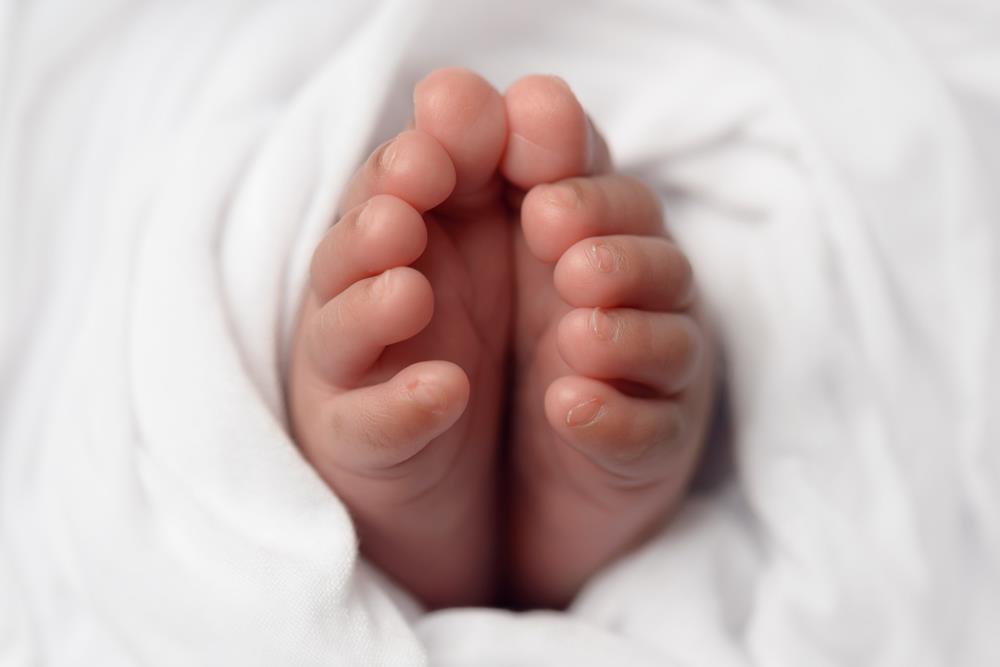
Pediatric Foot Conditions
Pediatric foot conditions often go unnoticed and are often misdiagnosed. Most doctors dismiss any pediatric foot issues as being a part of normal structural development that children will eventually outgrow. However, foot problems are often prevalent in children due to their high levels of physical activity. Children are resilient, meaning that any potential foot issues may be overlooked.
Initial treatment options for pediatric foot pain, deformities, or injuries include minimally invasive techniques, activity modification, custom orthotics, and anti-inflammatory medications. If these conservative treatment options aren’t helping your child, surgery may be required.
During your child’s appointment, we will conduct a thorough examination to pinpoint the problem, while educating both you and your child on future preventative measures. Our goal is for your child to grow up with happy, healthy, and perfectly functioning feet.

Peripheral Neuropathy
As a result of damaged peripheral nerves, peripheral neuropathy can occur causing symptoms like weakness, numbness, burning, and tingling in the hands and feet as well as other parts of the body. Traumatic injuries, diabetes, and even some exposure to toxins can cause peripheral nerve damage.
Once damage to nerves occurs, the symptoms of peripheral neuropathy are gradual and worsen with time. It is important to maintain a healthy lifestyle to aid in the prevention of damage to those specific nerves.
Request an Appointment
Toenail Fungus
Fungal infections in the toe or fingernails can appear as thickened, discolored, or disfigured. While it may seem like the condition is just an aesthetic concern, fungal infections can lead to worsened symptoms and pain. Diabetes, a weakened immune system, and the normal aging process are all causes associated with fungal infections. It is more likely for senior citizens and adults to develop a fungal infection as opposed to children.

Warts
Plantar warts are caused by the HPV virus and cause tiny cuts and breaks on the bottom of your feet.
While most plantar warts are not a major health concern, it is advised you see a doctor to have the warts examined and removed. Some symptoms include small, rough lesions on the base of the foot, calluses in one spot, and tenderness when walking or standing for long periods of time.
